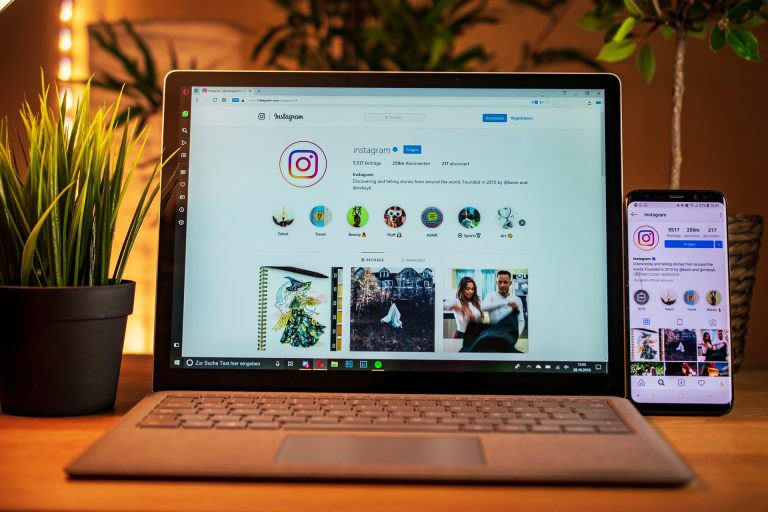Influencer marketing—that is, where brands pay someone with lots of social media followers to promote the brand–is gaining popularity, especially with B2C companies that cater to Generation Z or Y. If you’ve scrolled through social media and seen hashtags such as #sponsored, #sponsoredpost, or #ad, you’ve seen social media influencer marketing in action.
With their millions of fans, the Kardashians are a prime example of macro-influencers, but not all brands can afford their hefty fees (Kim Kardashian reportedly charges over a quarter million dollars for an Instagram photo). Micro-influencers typically have fewer than 10,000 followers, but they’re known within a certain niche such as healthy parenting, vintage fashion, or travel photography.
Your readers may be interested in knowing how social media influencer marketing works and how they can identify it. Here’s a look at questions to consider in your coverage of influencer marketing on Twitter, Instagram, YouTube, and other social media platforms.
- How are brands working with influencers? Talk to influencers in your neck of the woods about how they’re collaborating with brands. Are they doing single Instagram posts on their own accounts? An Instagram takeover of the brand’s account? A series of instructional YouTube videos? Something else?
- What are brands paying for sponsored posts and other content? One way to get a ballpark is to search the names of influencers + “media kit.” Fees may be all over the map depending on the nature of the partnership, the influencer’s reach, and so on.
- How can consumers know if an influencer is getting paid? The Federal Trade Commission requires influencers to disclose when there is a “material connection” between the advertiser and the brand. So, even if they’re getting paid in products rather than money, the FTC expects them to disclose that relationship.
- What are some pitfalls for influencers? While macro-influencers can have lucrative relationships with brands, they can also be an attractive target for scammers. SLR Lounge reported on a recent scam targeting travel photographers and Instagram influencers. Consumers might be interested in hearing about this darker side of influencer marketing, too.
Reporter’s Resources
Find influencers in a certain category or geographic area using tools like Influence.co or NinjaOutreach.
Influencer talent agencies serve as middlemen between macro influencers and brands. A quick Google search for “influencer agencies” brings up millions of search results, so it might be worth talking to influencer agencies about what they’re seeing in this space.
The Influencer Marketing Association is a relatively new (as of 2018) trade association for influencers. They may be able to provide context on this world as well.











